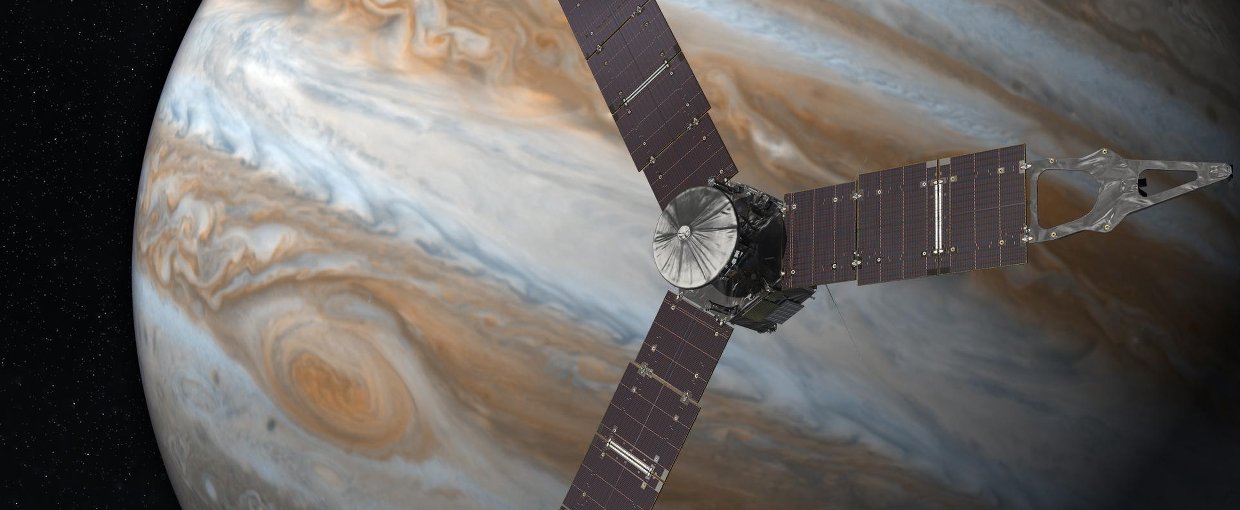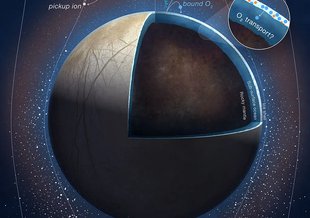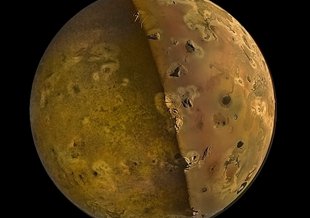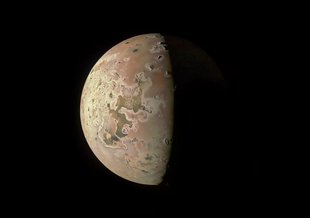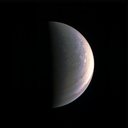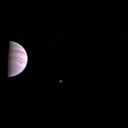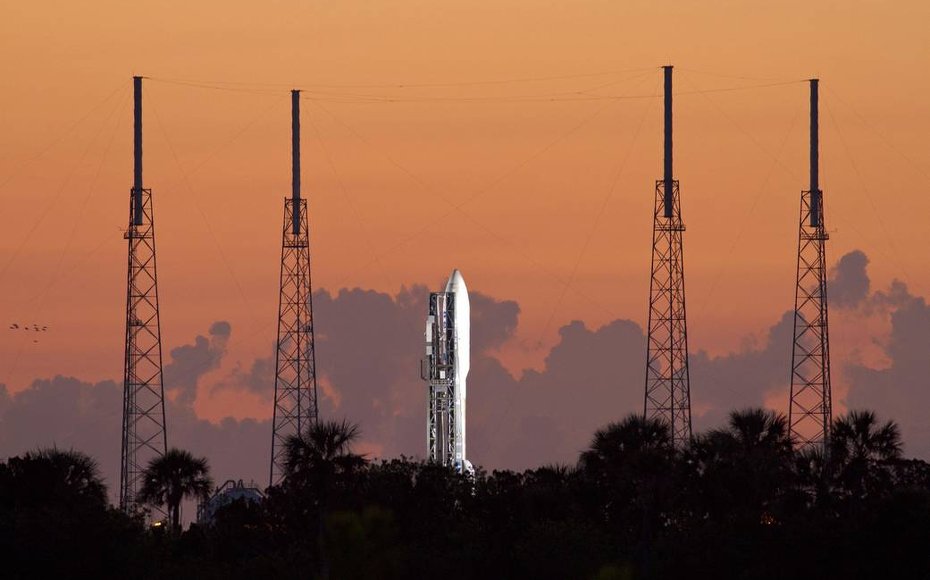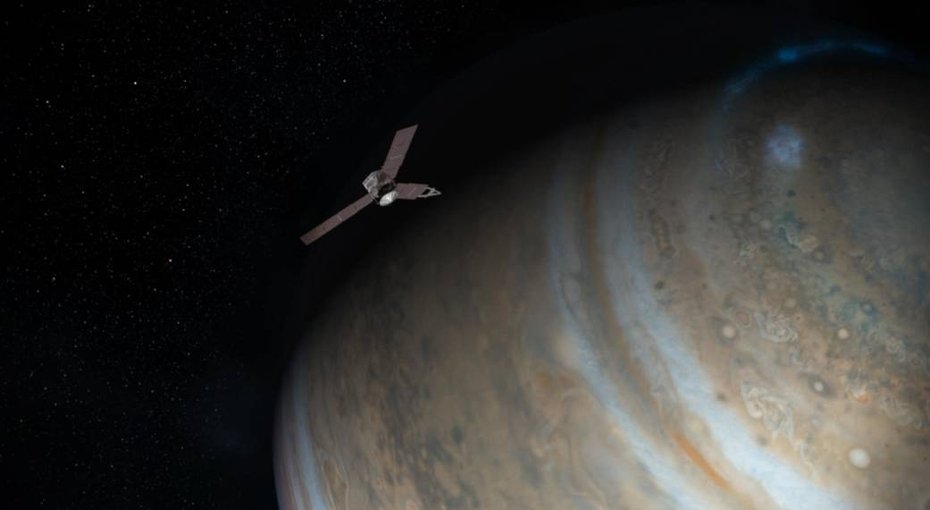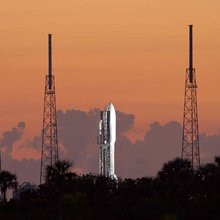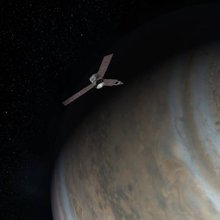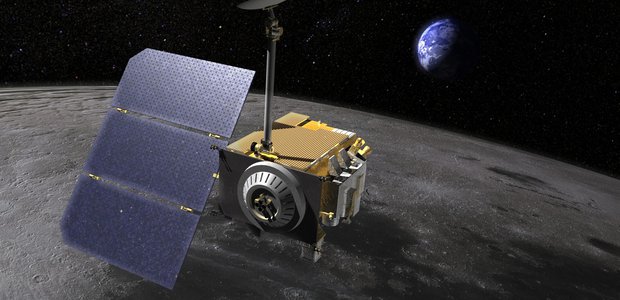- Launch Date August 05, 2011
- Arrival Date July 04, 2016
- Mission TypeOrbiter
- TargetOuter Solar System
Mission Overview
Data from Juno improves our understanding of the solar system’s beginnings by revealing the origin and evolution of Jupiter. The mission will determine how much water is in Jupiter’s atmosphere, which helps determine which planet formation theory is correct (or if new theories are needed). Juno will look deep into Jupiter’s atmosphere to measure composition, temperature, cloud motions and other properties; and will also map Jupiter’s magnetic and gravity fields, revealing the planet’s deep structure. Finally, Juno will explore and study Jupiter’s magnetosphere near the planet’s poles, especially the auroras – Jupiter’s northern and southern lights – providing new insights about how the planet’s enormous magnetic force field affects its atmosphere.
In 2021, the Juno mission was extended to continue studies of our solar system’s largest planet. The mission extension also tasked the spacecraft with exploring the full Jovian system, including the planet’s rings and moons. Multiple rendezvous are planned with Ganymede, Europa, and Io. These Galilean moons are of great interest to astrobiologists, with Europa and its subsurface ocean being one of highest priority astrobiology targets in the Solar System.
Relevance to Astrobiology
Jupiter is the largest planet in the Solar System and, as such, played a major role in our system’s formation. Studying Jupiter and its history can help astrobiologists understand the conditions that led Earth to become habitable for life as we know it.
Jupiter also has many moons that are targets of astrobiology research, in particular the icy world Europa. Studying the interactions between Jupiter and Europa is vital in understanding whether or not Europa, and its subsurface ocean, could be habitable for life. One goal of Juno’s mission extension is a rendezvous with Europa.

